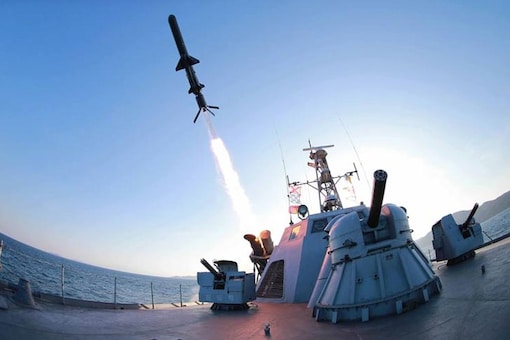

It awakens a social panic that is not unconnected to the prohibition of drugs and their historical conceptualization as a societal evil that must be “combated” at all costs. This explains to a large extent why the drug trade has been one of the greatest social concerns associated with crime and violence.

Even after proving ineffective and conducive to the intensification of violence, these policies usually have relatively solid social backing. The fight against drug trafficking has been at the center of many countries’ political and electoral agendas, and a string of security responses have been implemented, often including the internal use of military might. Various factors explain the spread of this paradigm and the institutional and policy transformations that it has brought about in terms of security and defense. In that sense, this position represents continuity with the national security doctrine. In all cases, those seeking to convince the authorities and public opinion that there is no diff erence between citizen security and national defense use these “new threats” as their central argument. In other instances, it is posited that, in the absence of any potential scenario of military conflict, the armed forces should be turned into a sort of police force so as not to waste resources.

In some cases, it is argued that these are transnational phenomena, as if this were synonymous with foreign military aggression. The reason why these problems should be met with a military response is not quite clear. The notion of “new threats” leads to the militarization of domestic security, the depiction of social issues such as poverty and migration as security matters, or both things at once. Viewed from this standpoint, the armed forces in each country should be re-trained to confront these heterogeneous issues that, in more than one case, are complex socioeconomic phenomena. In this context, some US government agencies-including the US Southern Command-and lobbyists for the armed forces of the region created and spread the doctrine of “new threats.” This doctrine sustains that, in the absence of armed conflicts in the region, the principal threats to the stability of states now come from transnational organized crime, and in particular from activities linked to drug trafficking and phenomena such as poverty, migration and “populism.” In recent years, the United States has insisted on adding terrorism to this group. This led many countries to favor military involvement in “combating crime.” To varying extents in each country, the persistence of economic disparities and the expansion of illegal markets such as arms and drug trafficking-underpinned by increased consumption in the United States-contributed to transforming Latin America into one of the most violent regions in the world. In the same period, the issues of crime and citizen security became central themes on the political agenda throughout the region. With nuances depending on the situation and history of each country, the armed forces generally began to lose relevance as political actors in the wake of democracy. War with a neigh- boring country, which had been the main hypothesis of military conflict for most Latin American countries, began to disappear from the realm of possibility. At the same time, democracy weakened the existing tensions between the countries of the region. The “national security doctrine,” pushed by the United States and adopted throughout the Americas, was also abandoned once the ghost of Communism could no longer be used to conjure internal enemies. In the 1980s and 1990s, a process of democratization put an end to the military governments that had proliferated in Latin America during the twentieth century. Why do some political actors sustain that the armed forces should intervene in aff airs other than their primary mission of defending a country from military attack? Are there security threats that can be equated with outside threats and that justify the use of military might inside borders? In order to respond to these questions, we must examine how the notion of “new threats” was constructed, who is promoting it as doctrine, and what these supposed dangers are.


 0 kommentar(er)
0 kommentar(er)
